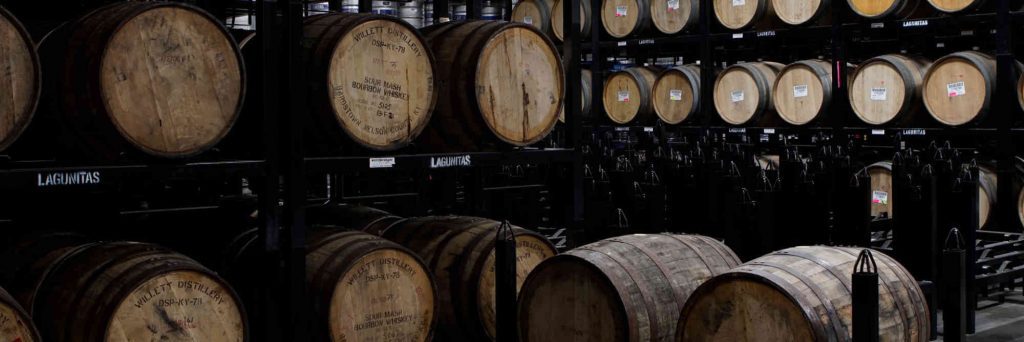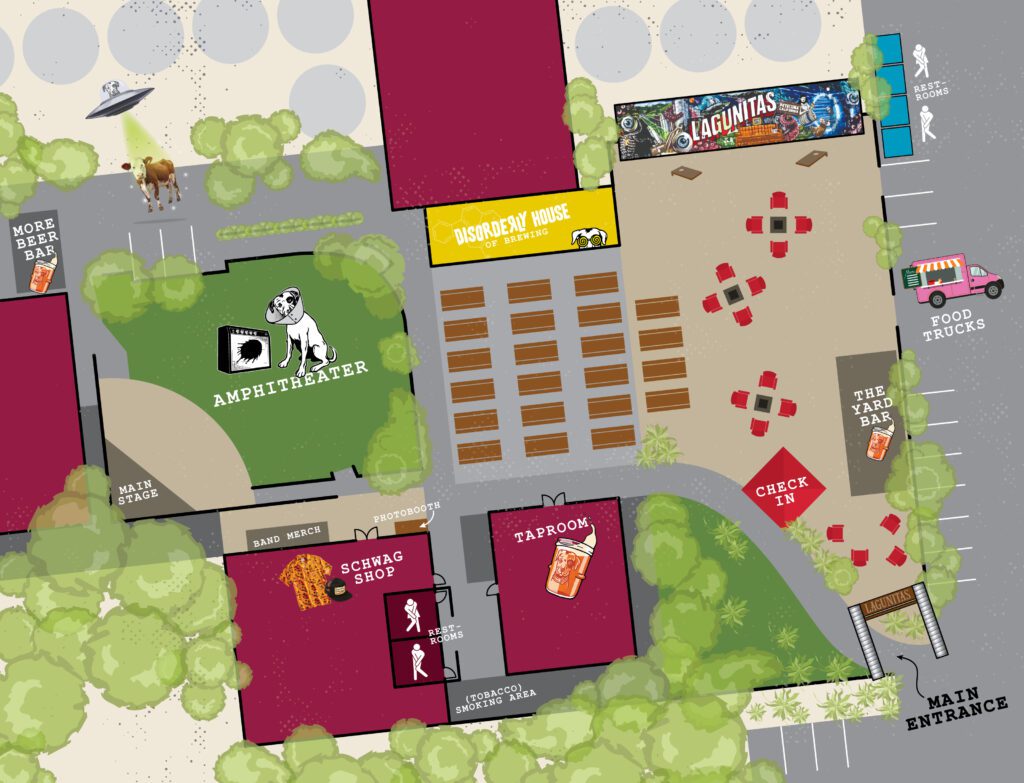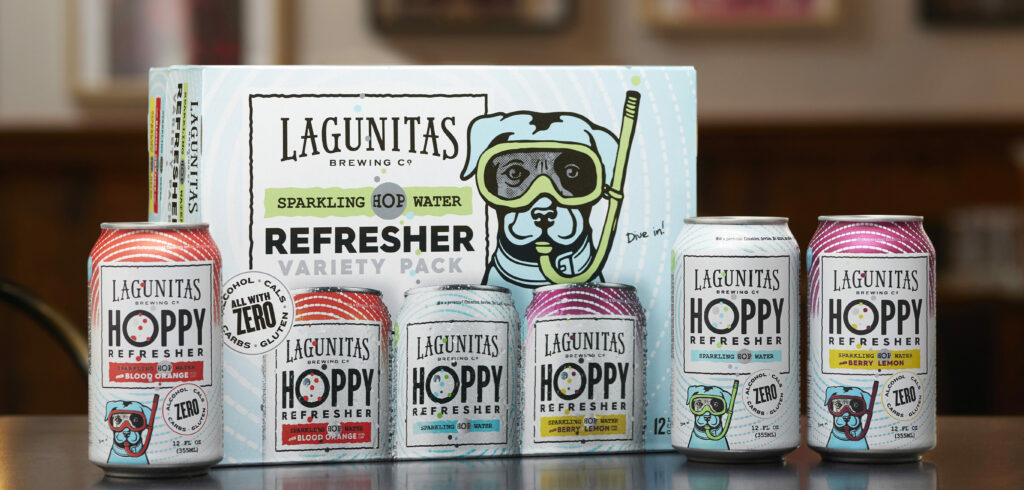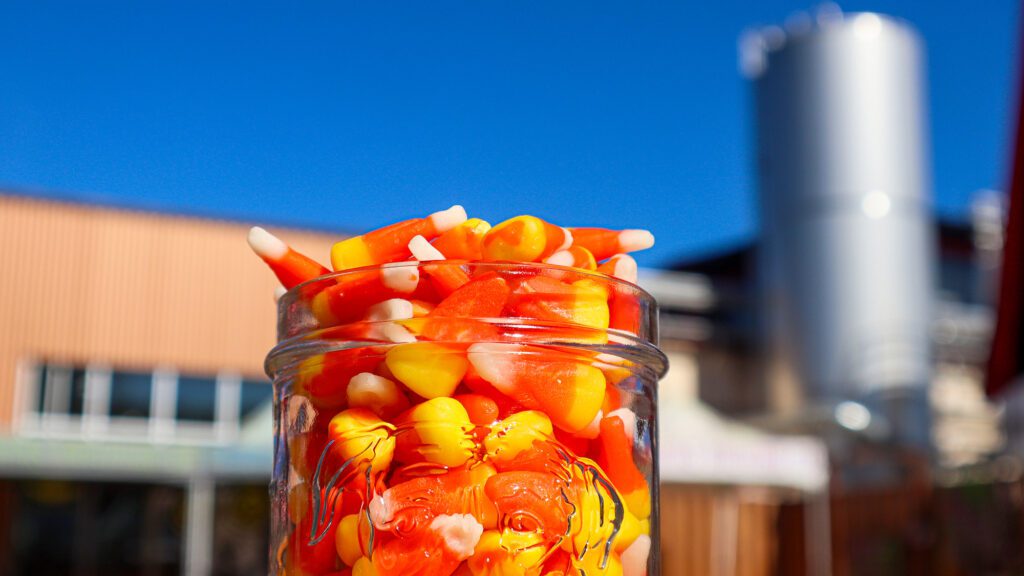LAGUNITAS BARREL-AGING PROGRAM
“Human’s most precious resource is the magic ingredient.”
Jeremy Marshall, Lagunitas brewmonster, was talking of time and the barrel-aging process for the 2018 OneHitter Series brew, the Willettized Coffee Stout. “Time, and, as always, better ingredients equals better beer. The barrel is an ingredient.”
In 2016, Lagunitas scored some of Kentucky’s-own Willett Distillery casks for barrel-aging, and we’ve been scoring some ever since. “You gotta spend a little bit of time drinking the Willett whiskey to understand the flavors there.” Twist our arm, Jeremy.
THE BARRELS
As the barrels sit in our cooled warehouse, the cold nights and hot days slightly fluctuate the temperature inside the barrels, which actually helps process. “That wood is expanding and contracting… expanding and contracting… and that brings with it all the whiskey that’s trapped within the grain of the wood.” That, plus a process called micro-oxidation, where oxygen creeps between the barrel slats (and the wood itself) and introduces oxygen to the beer. This develops robust flavors in the beer, like currants, raisins, chocolate, and in some cases sherry and port.
Oxygen is usually the brewer’s bane, and lighter beers tend to succumb to the bold, potent whiskey flavors and oakiness. Big, heavy beers like stouts, however, can withstand those flavors and the micro-oxidation process. “Using stout allows you to push the pedal to the floor on flavor, and we love to do that.”
THE BEANS
Coffee, too, plays an important role as an ingredient. “We add coffee to the tune of about a pound per barrel, and the coffee enhances how that beer ages in the barrel over time. It protects those flavors.” The beans comes from Chicago’s-own Metropolis Coffee Company and their Spice Island blend. Jeremy says that you’re not necessarily looking for the biggest, most intense coffee you can find, rather something that will age nicely over time and not overpower the other flavors.
Another key ingredient? “Laziness,” Jeremy says. “Boy, are we good at that one. Put the beer in there and let it be.” The beer will sit for up to 6-12 months for whiskey barrel-aged stouts, and up to 4 years plus for wine barrel-aged sours. This amount of time not only adds flavors, but further concentrates those flavors through evaporation (what is known as the ‘Angel’s Share’). “All of it is happening simultaneously.”
With laziness, though, there is one stipulation: “Just, like, don’t forget about it.”
THE 100% BARREL-AGED DIFFERENCE
After periodic tastings of beer aged at different intervals, they’re combined together and packaged. Sometimes, brewers blend un-aged beer to even out the intensity of flavors produced from aging, but Jeremy prefers otherwise. “100% of that beer in the bottle was aged in single-use oak barrels, charred to a crisp… it all came from the barrel.”
“Just a sip is pure enjoyment. That’s all you really need.” Jeremy takes another sip, and then another. “Everything after that is just decadence.”




